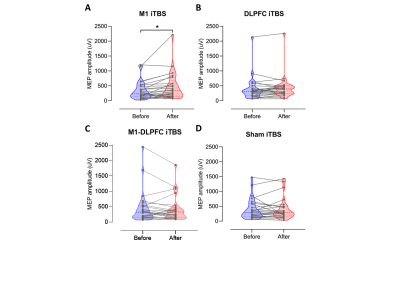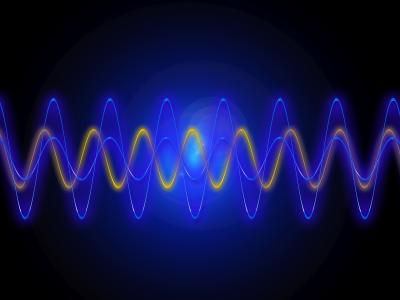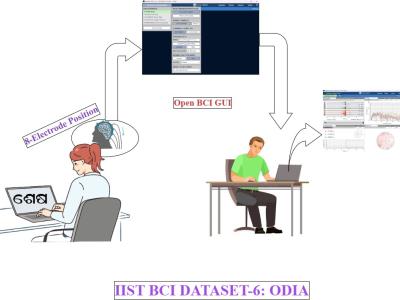
Many stroke survivors are unable to effectively control brain-computer interface (BCI) devices due to insufficient sensorimotor activity generated during motor imagery. Previous studies focused on upregulating motor cortex excitability and overlooked the important role that motor imagery plays on BCI control. Dorsolateral prefrontal cortex (DLPFC), an important region for motor imagery, may serve as an effective target for improving BCI performance.
- Categories:


